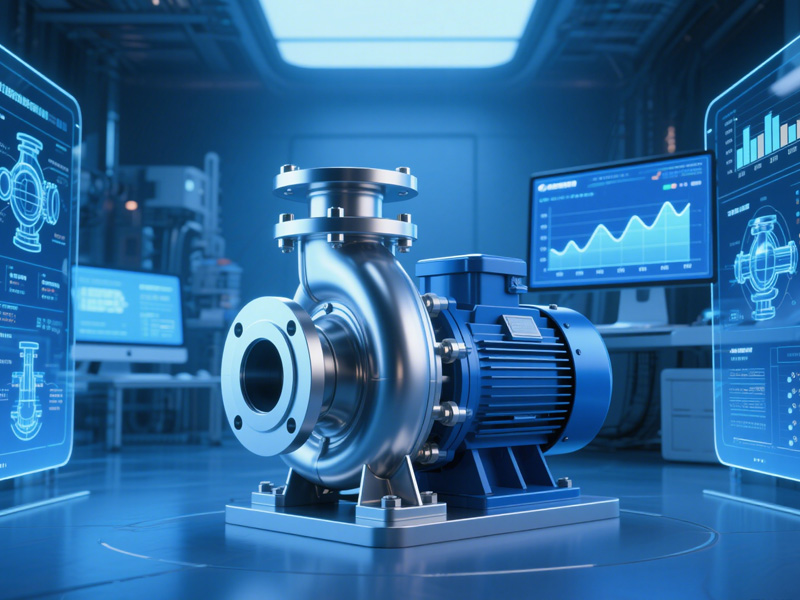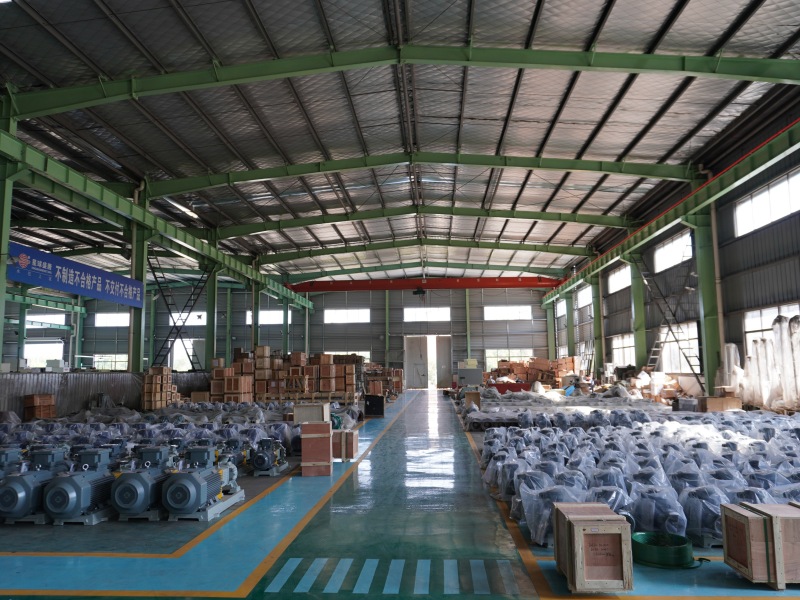China's Pump Industry in 2025: What's Happening
Overview
Pumps are super important for moving liquids and boosting pressure in all sorts of industries – chemicals, oil, farming, medicine, city projects, you name it. By 2025, the pump market in China should be worth over 200 billion yuan, with sales going up steadily. But, there's a problem: we make too many of the basic, cheaper pumps, so there's a lot of competition there. Meanwhile, the fancy, high-end pumps (like the ones for nuclear power, deep-sea stuff, and really precise chemical work) are still mostly made by big international companies like Grundfos, Wilo, and KSB. But some Chinese companies, like Anhui Shengshi Datang Pump, are getting better with their tech and catching up to the international brands. A lot of their stuff is good enough to export now.
Anhui Shengshi Datang prepped for a while to grow internationally. They started a foreign trade department and got their tech people to give customers better service. This made international business easier.

Imports and Exports
China makes and ships out more pumps than almost anyone else. In the first two months of 2025, we exported 770 million pumps, worth $1.5 billion, mostly to Southeast Asia, Africa, and Latin America. At the same time, we only imported 11 million pumps, worth $550 million. So, we're selling way more than we're buying. The pumps we import are usually the expensive ones with special features (like those API standard petrochemical pumps and pumps for nuclear plants), which shows that we still rely on foreign brands for the really advanced stuff.

What's Driving the Industry and Where It's Going
Government policies are pushing the industry forward. For example, the 14th Five-Year Plan for national water projects and upgrades to make wastewater treatment greener are creating more demand in water and environmental areas. In the future, the industry will probably focus on:
1. Smart Tech: Using the Internet of Things and AI to control pumps remotely, save energy, and predict when they need maintenance.
2. Saving Energy and Being Green: Making pumps with efficient motors, low noise, and no leaks is a big deal to meet environmental goals.
3.Getting Better at High-End Pumps: Using things like ceramic coatings and making bigger pumps (like those for turning seawater into drinking water) and special pumps (like magnetic drive pumps) to replace foreign products.
Even though companies might make less money on the cheaper pumps for a while, the industry should still grow steadily in the long run by coming up with new tech and making things better overall.